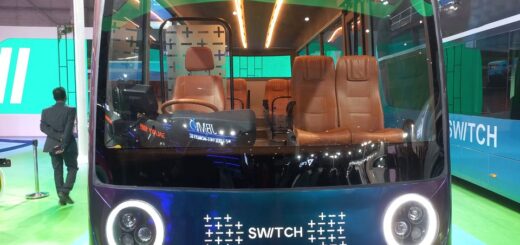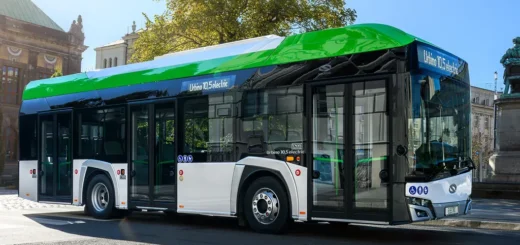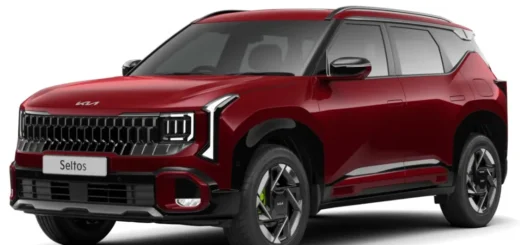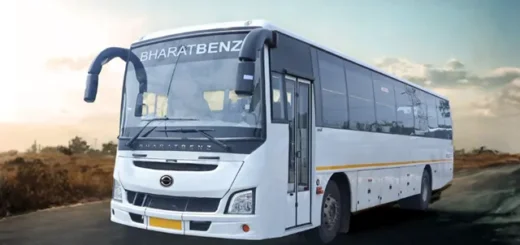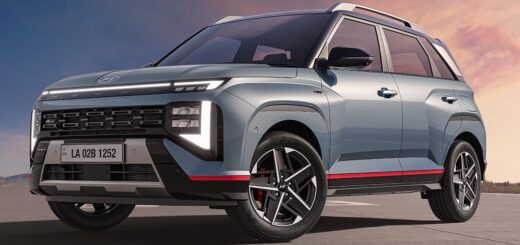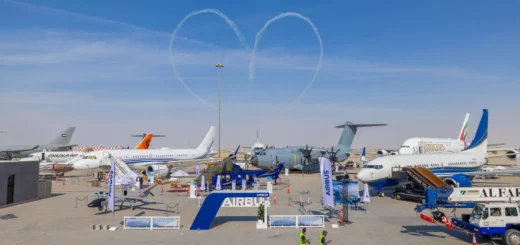Volvo BZRT bi-articulated electric buses ready for BRT systems worldwide
Volvo BZRT articulated and bi-articulated battery-electric buses are manufactured in Brazil and are open for exports to global markets for deployment in Bus Rapid Transit (BRT) systems.

Volvo Buses has recently begun the production of its first-ever electric bi-articulated bus chassis ‘BZRT‘ at its Brazilian plant in Curitiba. Designed for South America’s high-capacity Bus Rapid Transit (BRT) systems, the company is also targeting exports to global BRTS markets.
Measuring 28 meters long with a passenger carrying capacity of up to 250 passengers, the bi-articulated bus is said to be highly efficient. It can transport the same number of passengers as a subway train, but with much lower implementation and operating costs. Plus, it’s all electric, so zero-emissions.
Also Read: Yutong unveils new-gen U12DD battery electric double decker bus
The Volvo BZRT is essentially an improved and electrified version of the Volvo Gran Artic 300 chassis, although the latter is 30 metres long. The e-bus chassis is equipped with two 200 kW motors, with a cumulative power output equivalent to 540 hp. It features a 2-speed automated transmission based on the Volvo I-Shift.
Further, the chassis can accommodate up to eight batteries, with a total capacity of 720 kWh. With the batteries installed under the floor, passengers benefit from a completely open and accessible interior space. The charging time varies between 2 and 4 hours, depending on the type and power of the charging station.
Also Read: Volvo Introduces World’s Largest Bus Chassis in Brazil
For enhanced safety, the Volvo BZRT integrates advanced active safety technologies. This includes camera assist and front and side sensors in blind spots to protect pedestrians, cyclists, and other road users. The model also features traffic sign sensors, with alerts on the instrument panel to identify signs and detect speed limits on roads.
Yet another standout feature is Volvo Dynamic Steering (VDS) for precise steering control. The technology enhances the long vehicle’s stability and accuracy while easing physical strain on the driver’s shoulders and arms.
Image Credit: Volvo Buses

